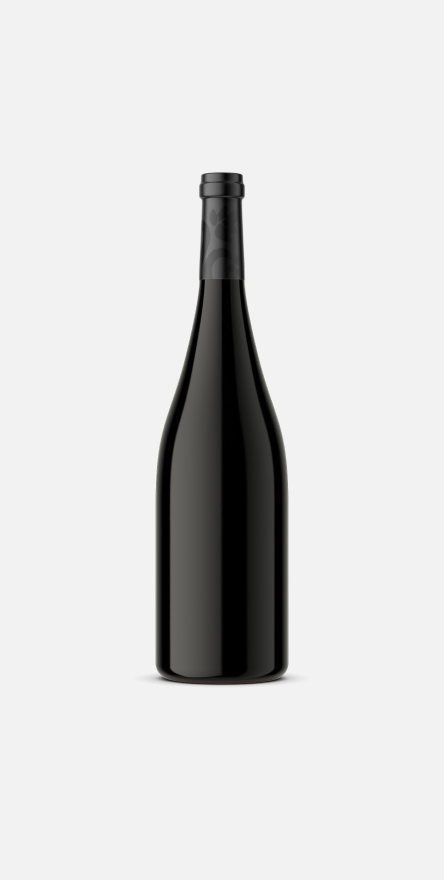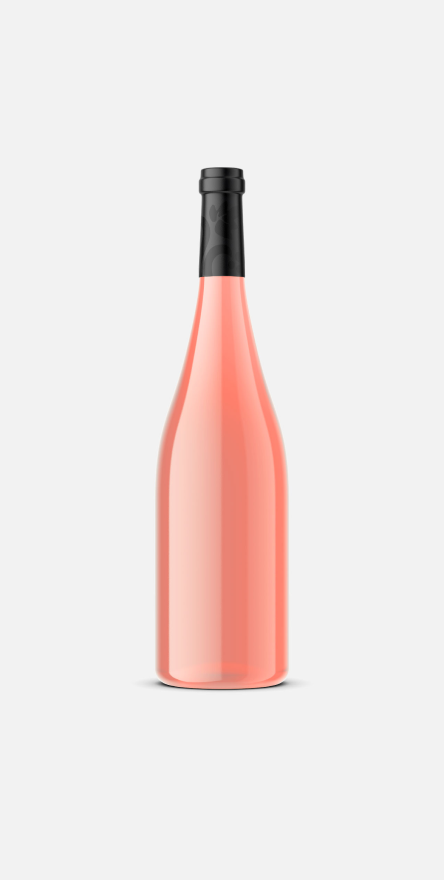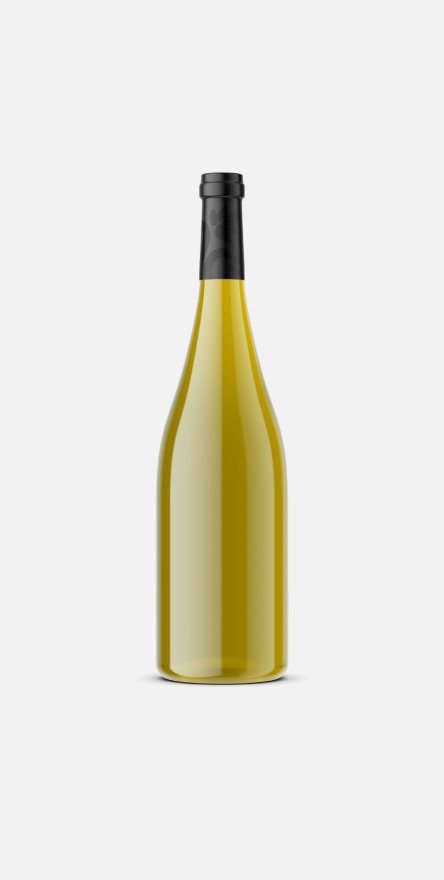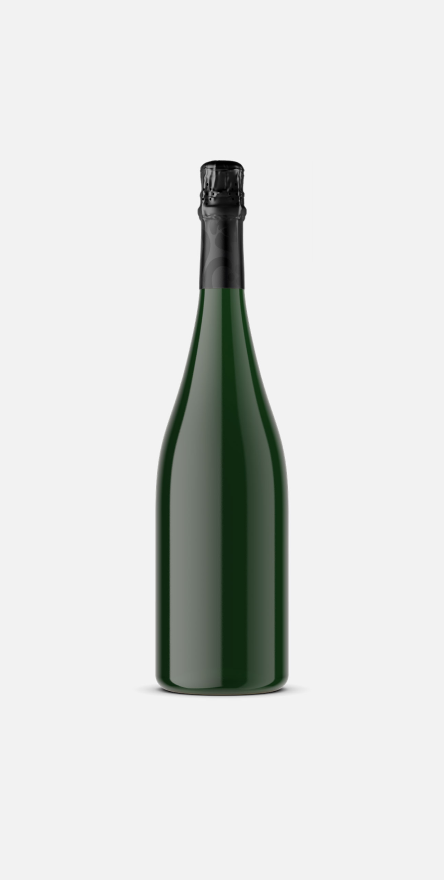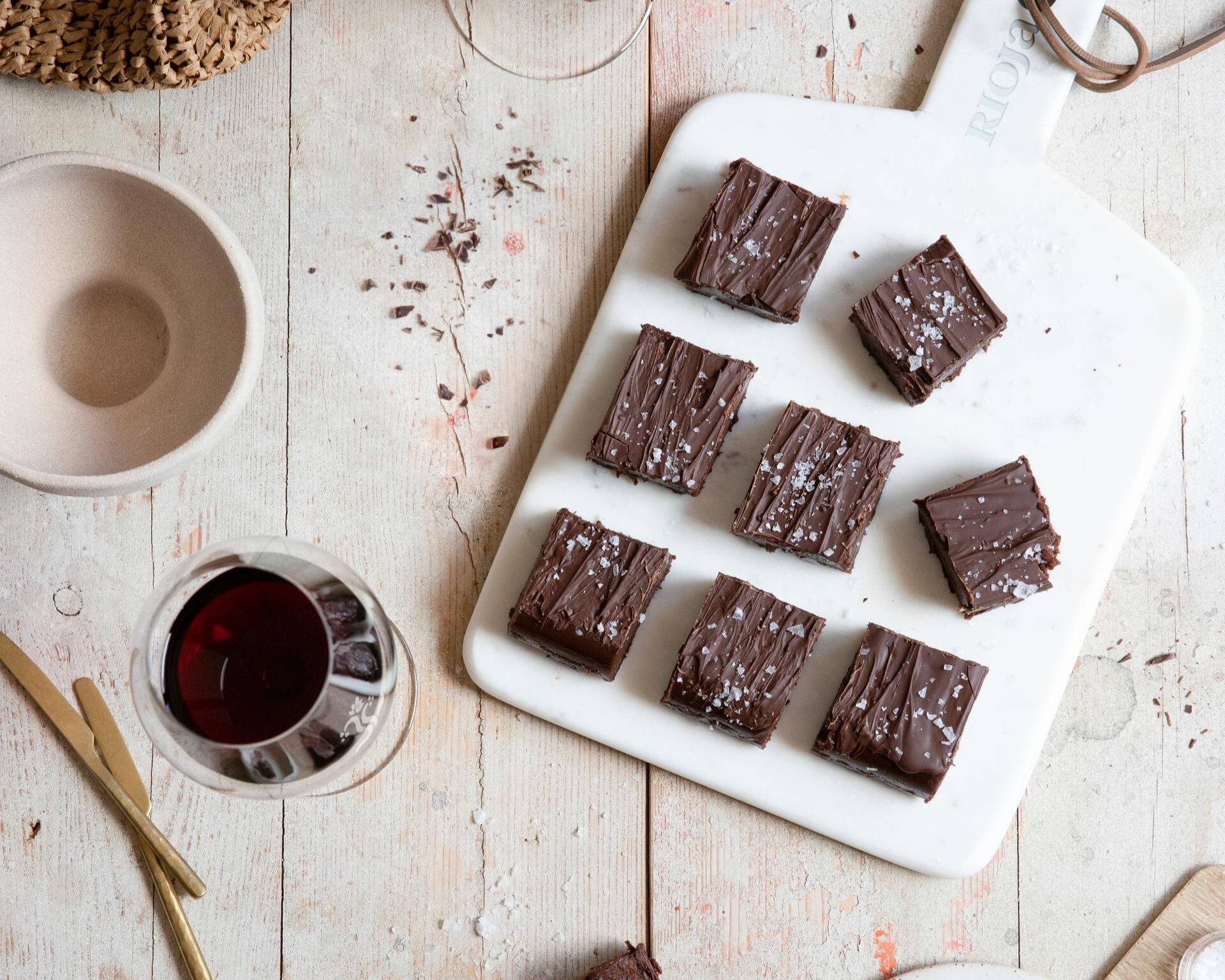The Art Of Wine Tasting: Smell

Have you ever watched someone inhale the aroma of a wine before bringing it to their lips? Have you ever wondered what the reason behind this gesture is and what it adds to the experience? The sense of smell is fundamental in wine tasting, uncovering layers that profoundly enrich the experience.
Steps in an olfactory phase of wine tasting
If you’re curious, we’ve broken down the olfactory phase of the tasting into three key steps.
Step 1: Assessing cleanliness and detecting defects
The first olfactory impression should be clean. When smelling the wine, detecting any unpleasant aromas may indicate defects. Musty aromas, vinegar, nail polish or other undesirable odours can indicate problems such as TCA (Tri-chloro-anisole), known as “cork smell”, reduction or the presence of Brettanomyces.
- TCA (Tri-chloro-anisole): Corky odour, reminiscent of wet cardboard or dampness.
- Reduction: Can be reminiscent of a closed room or clogged pipes.
- Brettanomyces: Unpleasant aromas of animal sweat, tempera and/or bandages.
Step 2: Aroma Intensity Assessment
Once the defects have been ruled out, we evaluate the intensity of the aromas. We use a scale from 1 to 3 to determine the strength of the aromas, which varies according to the grape variety and the winemaking process.
Intensity scale : 1 (Low) – 2 (Moderate) – 3 (High)
Step 3: Identification and Classification of Flavours
In this step, we dive into the identification of aromas. We classify the aromas into three different groups:
- Primary aromas: Associated with fermentation, they include floral, fruity, spicy and herbaceous fragrances.
Examples: Red fruits for Tempranillo, strawberries for Garnacha, sweet spices for oak.
- Secondary aromas: Related to post-fermentation oenological processes, such as ageing on lees or in oak.
Examples: Lactic aromas, vanilla from oak ageing, hints of bread or yeast.
- Tertiary aromas: Developed during bottle ageing, they add complexity and evolution.
Examples: Baked fruit, notes of tobacco, leather, coffee, cocoa, damp earth, among others.
Ann Noble’s Aroma Wheel
Ann Noble’s Aroma Wheel is a valuable tool that guides us in identifying specific aromas. It is a visual representation that shows the different aromatic categories and elements present in the wine. It uses a standardised language that can be understood by both expert and amateur tasters. The wheel classifies aromas into 12 basic categories, then breaks them down into the various nuances that fall within these main categories.
- Chemical: Includes aromas such as sulphur and petroleum.
- Acre: Includes alcoholic aromas.
- Oxidised: Includes aromas such as acetaldehyde.
- Microbiological: Includes aromas such as yeast and lactic acid.
- Floral: Includes floral aromas such as geraniums.
- Spicy: Includes aromas such as liquorice and aniseed.
- Fruity: Includes aromas such as blackcurrant and apricot.
- Vegetative: Includes aromas such as eucalyptus and artichoke.
- Walnut: Includes aromas of walnut and hazelnut.
- Caramelised: Includes aromas such as caramel and molasses.
- Woody: Includes aromas imparted by oak, such as vanilla and coffee.
- Earthy: Includes aromas such as mushroom and mould.

In the next stage of our tasting, we will enter the fascinating world of the palate, where flavours reveal the essence of the wine!
